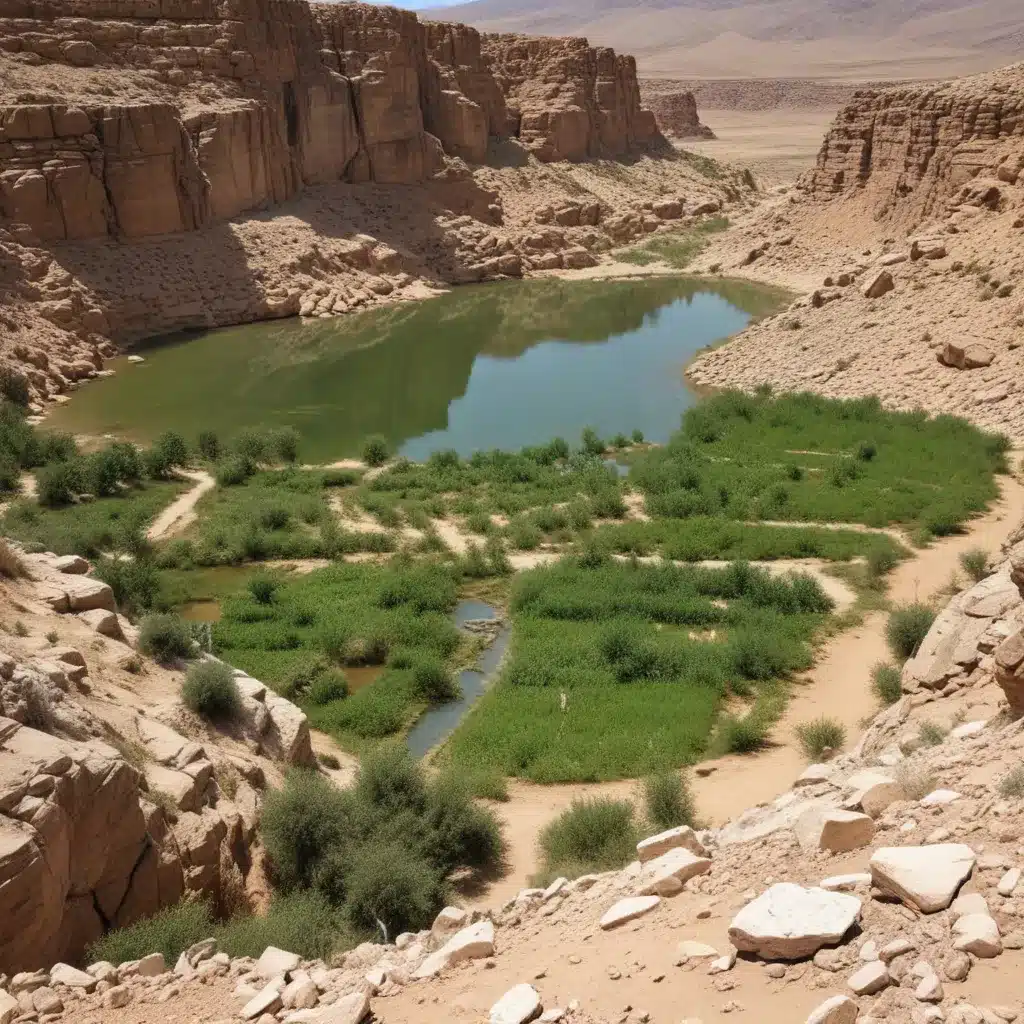
Preserving Water and Soil through Traditional Techniques
In the arid and semi-arid regions of Tunisia, a remarkable ancient system of water and soil conservation has endured for generations, showcasing the ingenuity of local communities in adapting to harsh environmental conditions. Known as Tabias and Jessour, these innovative techniques maximize limited water resources and preserve the fertility of the land, playing a vital role in sustainable agriculture and supporting local livelihoods.
Jessour: A Time-Tested Tradition
The Jessour system is a longstanding practice that involves building small stone dams along slopes to prevent gullying, retain sediment, create soil, and temporarily hold back water. The cultivation area is established using the natural watershed as an impluvium to trap surface water and slope sediments. This is done upstream of an earthen dyke, known as a Tabia, which blocks the thalweg (the line of lowest elevation in a valley) perpendicular to the direction of flow.
The accumulation and storage surface for sediment and water is called a “jesr.” These structures concentrate water, enabling rainwater resources to be multiplied more than threefold. To help direct flows towards the “jesr,” a low wall is sometimes added on the slope. Strict adherence to measurements and units is essential for the proper functioning of these systems.
Downstream of the Tabia, a dry-stone wall called a “sirra” can be constructed to reinforce the structure. Additionally, weirs are installed in Tabias to avoid or limit destruction during floods. These weirs can be single or double, central or lateral, and made of stone, masonry, concrete, or other materials.
The Multiple Benefits of Jessour
In addition to improving agricultural production, traditional systems like Jessour help replenish groundwater, control flooding, and protect downstream infrastructure, while limiting water erosion. These ancestral techniques for preserving water resources and conserving soil are widespread in southern Tunisia’s mountainous regions, where the most advanced models can be found.
Jessour and Tabias occupy every valley, even the narrowest, creating lush oases of vegetation that contrast with the surrounding arid slopes. The dark green crowns of olive trees and the pale foliage of fig trees stand out, testifying to the effectiveness of these systems in sustaining life in harsh, dry environments.
Towards Sustainable Agriculture in Tunisia
Jessour and Tabias are practical solutions for arid and semi-arid regions, maximizing water retention and reducing erosion through the construction of profiled terraces and the use of local materials. Jessour technology is generally used in mountainous and arid regions with medium to high slopes, enabling the establishment of ancient olive groves based on rain-fed agriculture in rugged landscapes.
This remarkable system has allowed the local population to achieve self-sufficiency and supply neighboring areas with various agricultural products, such as olive oil, dried figs, and dates. By harnessing the power of natural water flows and sediment accumulation, these traditional practices have stood the test of time, preserving the delicate balance of ecosystems in the face of environmental challenges.
Tabias: A Modern Adaptation
While Jessour have been in use for centuries, the Tabia system is a more recent innovation developed by mountain dwellers who have migrated to the gently sloping plains. These structures, which include earthen dikes and weirs, are mainly used for arboriculture and annual crops.
Tabias differ from Jessour in that they include lateral dikes and sometimes small flood diversion dykes. They are built manually or with machinery, depending on their size, and are commonly used in areas with slopes of less than 3% and deep soils.
The use of Tabias has become popular among the inhabitants of the neighboring plains and foothills, converting their pastures into arable land in the central and southeastern regions of the country. This adaptation of traditional water management techniques has enabled the expansion of agricultural production, further supporting the resilience of local communities.
Beyond Agricultural Production
While Jessour and Tabias were originally developed for agricultural purposes, they now fulfill three additional roles:
-
Groundwater Recharge: These systems help replenish underground aquifers, ensuring a sustainable water supply for both agriculture and domestic use.
-
Flood Control: The water retention and sediment trapping capabilities of Jessour and Tabias play a crucial role in mitigating the impact of flash floods, protecting downstream infrastructure and communities.
-
Ecosystem Conservation: The lush vegetation and biodiversity supported by these traditional practices contribute to the preservation of the region’s fragile ecosystems, providing habitats for a variety of flora and fauna.
Leveraging Traditional Knowledge for Resilience
Jessour and Tabias are powerful examples of how traditional, community-based approaches can offer innovative solutions to modern-day challenges, such as water scarcity, soil degradation, and climate change. By understanding and promoting these ancestral hydro-agricultural systems, we can unlock the potential of local knowledge to build more resilient and sustainable communities.
At Joint Action for Water, we believe that the preservation and revitalization of traditional water management practices like Jessour and Tabias are crucial steps towards achieving the Sustainable Development Goals, particularly SDG 6 (Clean Water and Sanitation) and SDG 15 (Life on Land). By supporting the documentation, dissemination, and application of these time-tested techniques, we can empower local communities, enhance food security, and safeguard the environmental resources upon which they depend.
Join us in our mission to champion the Jessour and Tabias systems, and to explore how other traditional approaches can inform sustainable development strategies around the world. Together, we can unlock the power of community-driven solutions and build a more resilient future for all.

